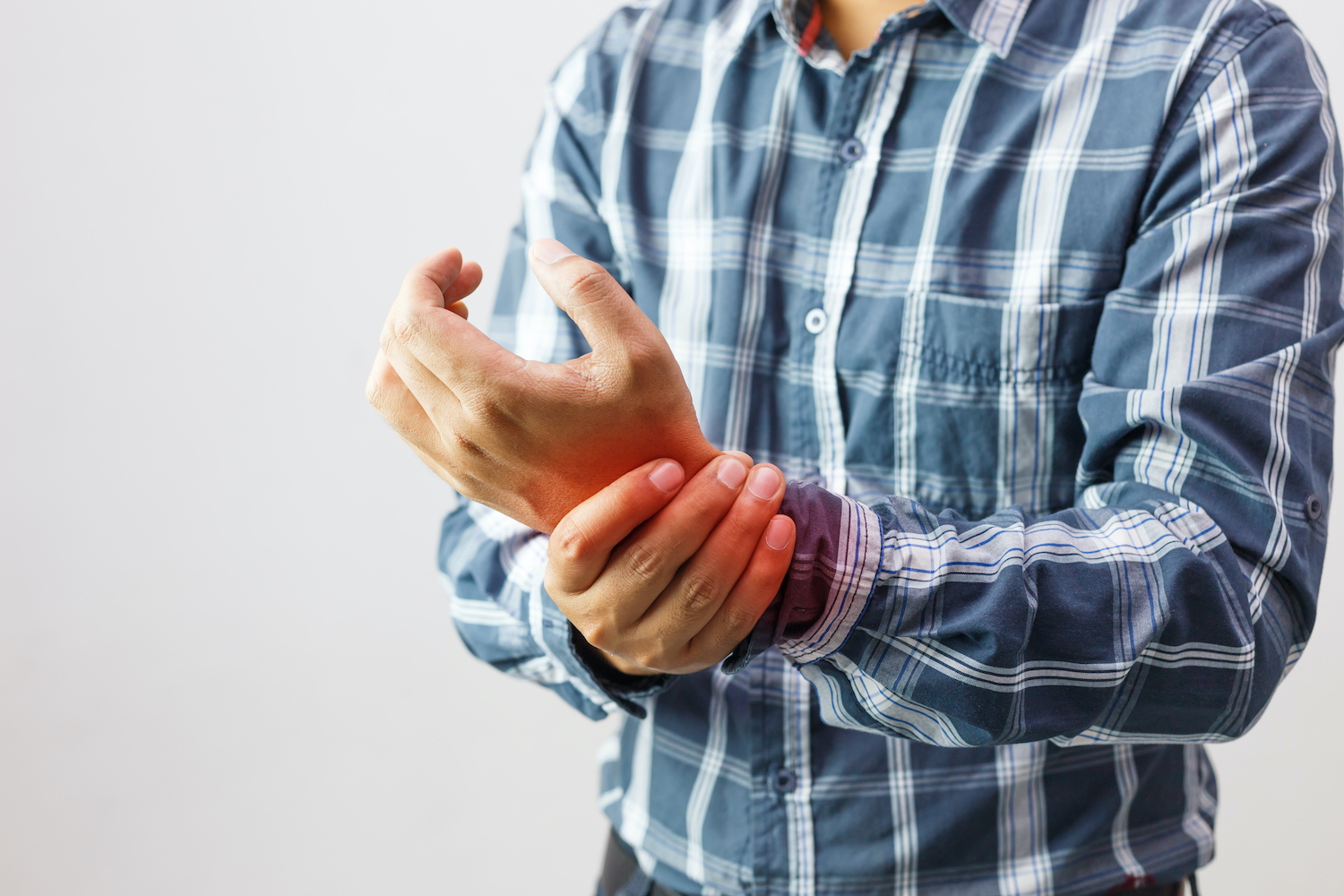There are many parts of a joint that may be causing you pain, discomfort, or inflammation. The cartilage, bone, ligaments, tendons, or muscles may be causing you pain. Usually, arthritis or arthralgia may be the culprits causing both you both inflammation and pain. The pain may actually be coming from within the joint.
Symptoms such as mild joint pain usually occur only after activities centered on the joint. Symptoms of severe pain are so extremely painful it may limit your movement of the joint. This is especially true if it is a joint that bears weight.

Managing Joint Pain without Medications
It is wise to manage your pain without medications, and most doctors would recommend you do. There are several drug-free options available to you to help you to relieve your pain.
Supportive Shoes
If you’re suffering from joint inflammation and arthritis in your knee, foot, or ankle causing you pain, wearing shoes that are supportive can make a big difference. If you have osteoarthritis, you will find this to be especially true. Your joint pain can be reduced by the appropriate support provided by flexible shoes. This is because the support of these shoes makes the wear and tear on your hip and knee joints a lot less.
A Combination of Cold and Heat Therapy
One method could be to apply a cold compress to the swollen part of your body. This treatment can both relieve the pain and reduce the swelling of that part of your body. This also works to relieve the pain when you apply heat and cold therapy to the joint. By applying heat to the area, you can reduce the inflammation, and also get a better oxygen and blood flow throughout your entire body. Likewise, the swelling and pain sensations can also be relieved by cold temperatures. Warm baths and heating pads can provide you with heat therapy at home, and cold compresses and ice packs can provide cold therapy.
Over-the-Counter Topical Treatments for Pain Symptoms
There are many creams and gels that provide treatment for your pain because they contain sodium that has the capability to channel blockers. In addition, NSAIDs can also numb a painful nerve ending, which also relieves pain. By applying an NSAID directly to a painful joint, you can reduce its inflammation. However, it’s a good idea to check with your doctor before applying an NSAID in order to be sure its use is safe for relief of your pain.
Pharmacological Relief
Musculoskeletal complaints have been the reason for 315 million office visits to family physicians each year. A survey by the Centers for Disease Control and Prevention found that chronic pain in a joint and arthritis was reported by a third of all adults.
The goals of treating a joint complaint are the same whether acute or chronic. They are the following:
- Reduce the joint’s pain
- Reduce the inflammation of the joint
- Facilitate the healing of the joint
- To either slow or reverse the process of the disease.
For a pharmacological prescription, the patient is initially evaluated. The patient is then re-evaluated at each subsequent visit in order to identify whether there are any dangerous conditions to be treated. Disease-Specific therapy is then prescribed.
Acute pain requires early and aggressive pain management with a tapering of medication when improvement occurs. Opioids are needed for severe pain. If pain is moderate to severe, NSAIDs or cyclooxygenase-2 medications are usually used. Acetaminophen is sufficient for milder pain.